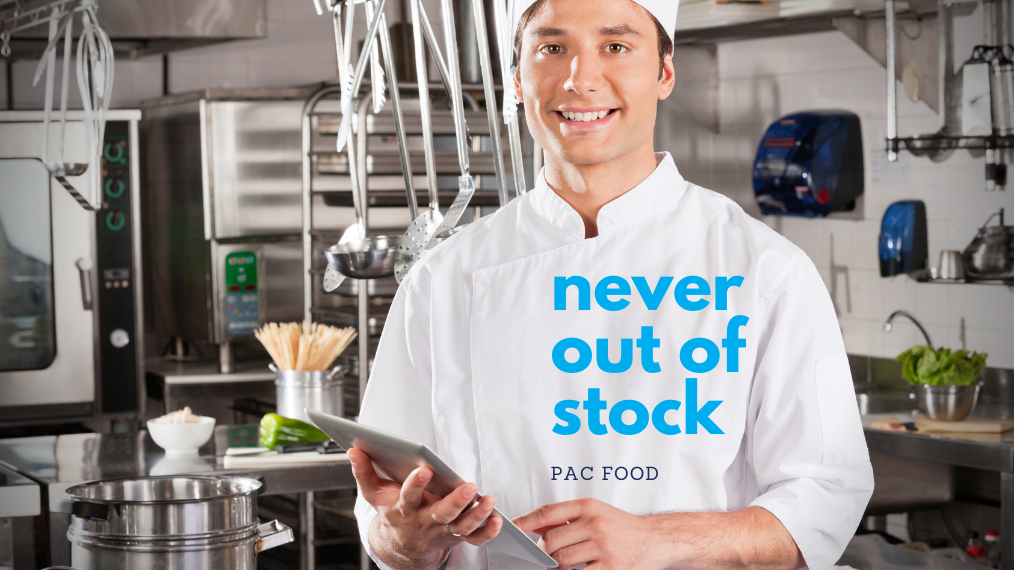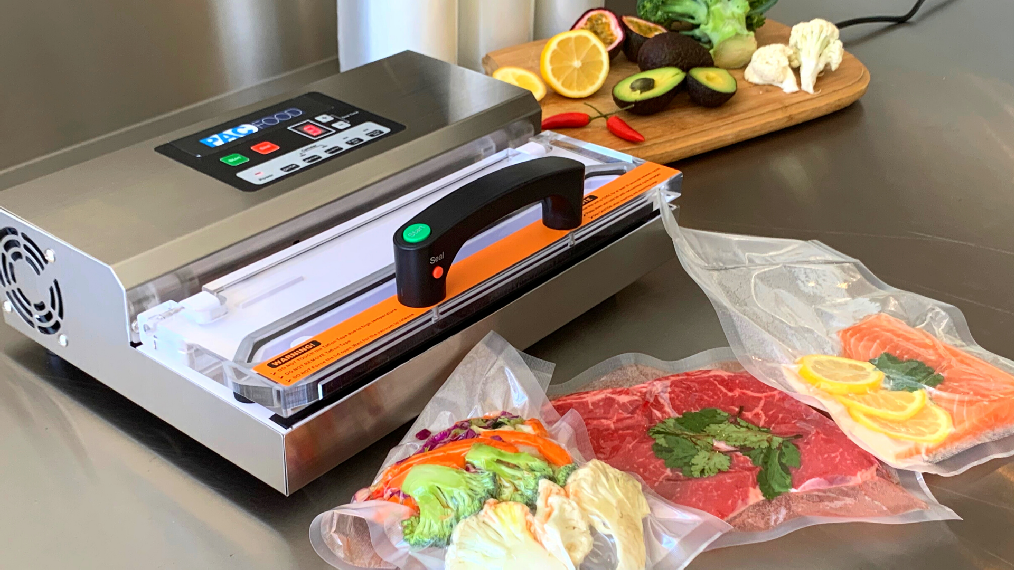Do you live for your morning cup of tea? perhaps it’s that soothing cup of green tea before bed? do you own a café? If you said yes, then this blog about tea leaf storage is a must-read. Vacuum sealing

When you need to know how to use a vacuum sealer, the experts at Pac Food are the team to turn to. We have 3 vacuum sealing machines available. In this blog we include a video demonstration and a step-by-step

Do you live for your morning coffee? Or do you own a café? If you said yes, then this blog about coffee beans storage is a must-read. Vacuum sealing is a great way to save money in the kitchen and

If you’re looking for the best vacuum sealer in Australia, you’ve come to the right place! At Pac Food, we’re an industry leader when it comes to food packaging, and we couldn’t be more excited because we’ve recently released a

We understand that planning a Christmas feast for your loved ones can be overwhelming and stressful – but it doesn’t have to with Pac Food’s range to help lighten the Christmas Food preparation load. In this blog, we reveal 3

When you’re searching for food packaging supplies online, Pac Food has a range of options to suit cafes, restaurants, food trucks, hotels, hospitals and other commercial kitchens. Our packaging products are commercial-grade, cost-effective and you can rest assured we will

When it comes to caring for the environment, opting for biodegradable packaging for food where available can make a big difference! One of the biggest advantages is that biodegradable packaging has the ability to break down and return to nature,

If you’re planning a fishing trip with your mates this summer (and you’re optimistic about how many fish you’ll reel in) you might be wondering how long does vacuum sealed frozen fish last. Well the good news is freezing and

When you’re searching for the right vacuum sealing bags for food, Pac Food is second to none. For over a decade we’ve been developing innovative food packaging solutions and our premium food-grade vacuum sealer bags and rolls are no different.

In this blog we examine the question: Can you vacuum seal bread? (along with other popular carbohydrates) Simply put – yes you can vacuum seal bread! There’s no denying that fresh bread tastes delicious, but it doesn’t always last long

Vacuum sealed meals for camping can make ‘roughing it’ a bit more enjoyable – by cutting down meal prep time and freeing you up to soak up every minute in the great outdoors. Not only are vacuum sealed meals tastier

Pac Food is excited to announce the arrival our upgraded and premium vacuum sealing machine. In this blog we take a look at our new semi-commercial machine the VS 603, which replaces our VS 305 vacuum sealer. This machine is

If you want to stock up and store protein at home, in this blog Pac Food’s food storage experts answer the question “can you vacuum seal meat?”. The simple answer is yes – you can vacuum seal meat! A large

In this blog we examine the question, “Can you vacuum seal fresh veggies?” The answer is yes, you can absolutely vacuum seal vegetables! However, you need to prepare your veggies correctly BEFORE freezing in order to preserve texture, flavour and

If the question ‘can you vacuum seal fresh fruit’ is on your mind, our latest blog is for you! Simply put: Yes, you can vacuum seal fruit! It’s a great way to control portions and ensure you’ve got healthy ingredients

Are Vacuum Sealers Worth the Money? We may be biased, but if you’re wondering if vacuum food sealers worth the money, the simple answer is yes! At Pac Food we specialise in high-quality food packaging and storage solutions, and have

If your restaurant or café is looking for takeaway container suppliers in Australia, Pac Food offers premium food packaging and storage solutions. Our products are suitable for businesses and households across the country, and with our “never out of stock”

To take out the title of best commercial vacuum sealer in Australia – you need a durable machine that can withstand repeated use day in, day out. At Pac Food, our premium food packaging solutions and products – including vacuum